Current Events :











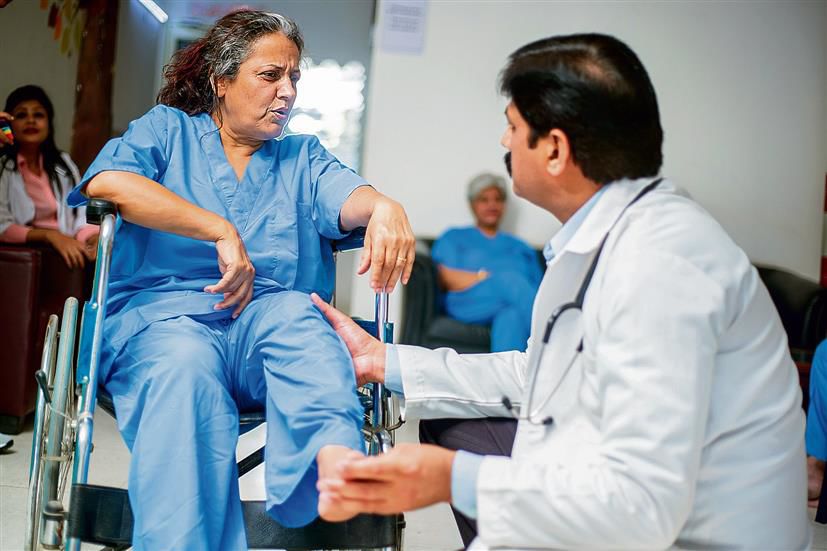
Ravi Gupta
In the past 30 years, the number of patients suffering from osteoarthritis (OA) of various joints in India has risen threefold: from 2.3 crore in 1990 to 6.2 crore in 2019. Among these, knee remains the most affected joint, followed by OA of hand.
The ends of the bones constituting a joint are normally covered by a highly fine cartilage known as hyaline cartilage, which provides gliding surface to the bone end as well as a covering layer to the pain nerve endings in the bony tissue. In OA, this cartilage gets worn out, leading to exposure of coarse bony surfaces and exposing the pain fibres of the nerve endings in the bones, which cause pain. In response to the pain, inflammatory substances are secreted, causing a swollen joint. Thus, OA joints can present as painful swollen joints.
The usual predisposing factors of OA include advanced age, obesity, injuries and enhanced wear and tear in certain professions that require strenuous activities, causing injuries to the joint. Additionally, the malalignment of the lower limb bones, usually due to genetic predispositions, cause point loading on the joint surfaces, expediting the wear and tear of cartilage.
Based on X-rays, OA of the knee has been categorised into four grades, with Grade 1 being the mildest and Grade 4 the most severe. In the first three grades, no surgery is required and treatment includes strengthening of the thigh muscles, certain chondroprotective (cartilage protecting) drugs, reduction of body weight in obese individuals, and sometimes injections of lubricants or growth stimulating substances in the joints.
In advanced Grade 4 cases, the treatment is usually surgical. This surgery, known as joint replacement surgery, involves removing thin slices of the worn-out joint surfaces of constituent bones and covering the residual bone surfaces with artificial materials so that the pain nerve endings are not exposed. The most commonly used materials during this surgery are metallic surface on one side and a plastic-like material, polyethylene, on the other. These artificial surfaces of the joint, when subjected to the mechanical stresses of daily life, also get worn out with time, and ultimately, the patient may again start experiencing pain.
The average life of an artificial knee joint has been estimated to be around 15-20 years, which depends upon the activity level of the individual. The wear and tear is rapid in young, active persons as compared to elderly, inactive patients. Thus, the routine dictum is that the life of an artificial joint should last longer than the life of the patient, because the revision surgery of a worn-out artificial joint is more cumbersome and less successful as compared to the primary (or first) surgery. Therefore, the ideal age of a patient for undergoing such surgery should be beyond 65 years of age. In exceptional cases, when there’s severe crippling pain, the joint replacement can also be performed in younger patients with informed consent of the patient about the life of the artificial joint.
Probable risk factors
The risks and complications of knee replacement surgery are usually uncommon and can include infection, stiffness and loosening of the artificial joint surfaces, requiring more surgeries.
Patients can and should start walking using their knees immediately in the first couple of days after the surgery. The patients may need support of a walker or stick for the first four to six weeks. By around three months, the patients are quite comfortable walking. As a precautionary measure, these patients are usually advised to avoid squatting for the rest of their life due to the design of the artificial joints to enhance the longevity of the implant.
In the past four decades, many improvisations have been tried in the materials and design of the artificial joints with an aim to increase their average life. But as on today, most of the designs and materials have almost similar outcomes/lifespan.
In recent years, robotic replacement surgery has also become popular. The results, however, till today are inconclusive and there is no concrete evidence as to whether robotic surgery has superior results vis-a-vis traditional surgery.
Cases where knee replacement surgery is recommended
Possible pitfalls during/of surgery
Precautions during recovery
Preventive measures
— The writer is chairman, Orthopaedics, Paras Hospital, Panchkula
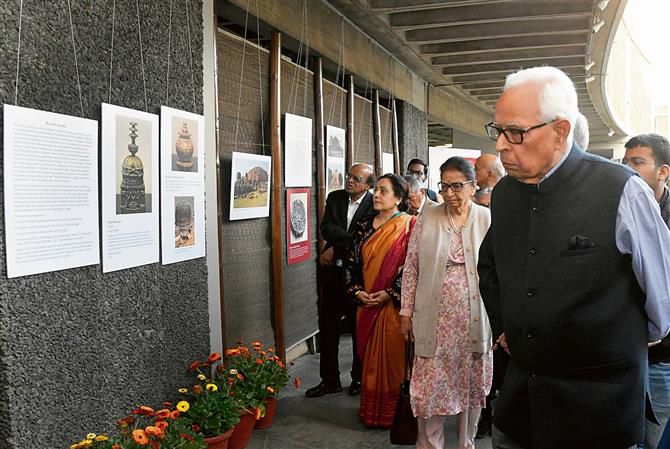
AA unique exhibition that opened in the national capital on Thursday reveals a little known fact of history – that the earliest discovered Buddhist relics have a connection with Maharaja Ranjit Singh, the founder of the Sikh empire.
It was Jean Baptiste Ventura, a French officer at the Maharaja’s Punjab court, who led one of the earliest archaeological excavations in the subcontinent in 1830 at Manikyala, north-west of Rawalpindi.
Traditionally recognised as the resting place of Alexander’s horse, Manikyala was an extensive Buddhist site on the Grand Trunk Road in present-day Pakistan. At the Buddhist stupa here, Ventura discovered Kushan gold coins bearing Buddha’s figure, dating back to the second century CE. Although Ventura, after the excavation, informed Maharaja Ranjit Singh, in a note in Persian, that the resting place of Alexander’s horse had been discovered, he later realised what he had excavated were precious reliquaries and relic deposits of the Buddha.
This and more rare glimpses into the world of Buddhist symbols, which also find place in the Indian Constitution, will be on display at the exhibition, “Travelling relics: Spreading the word of the Buddha”, which opened at the Indian International Centre here and will continue till March 7.
Inaugurating the show curated by historian Himanshu Prabha Ray, former J&K Governor NN Vohra called it a fitting precursor to a two-day conference, “Asia on the Move”, the IIC will host from Friday. “At the conference, we will talk not only of the early traders, explorers and pilgrims and how influences travelled from one part of Asia to the other but also of the politics of Buddhist relics, how they were worshipped 2,300 years ago and enshrined in the stupas never to be seen or touched,” said Vohra.
Dwelling on the transformation of the meaning of Buddhist relics from the Mauryan religious practice to colonial archaeology, Vohra also spoke of how the Ashokan Pillar excavated at Sarnath in the early 20th century and the dharmachakra were accepted as the national symbols of independent India. “These markers of free India have been beautifully picturised in the great volume lying in Parliament House,” he said on the Buddhist symbols featured in the first copy of the Constitution.
The exhibition is significant in its presentation of detailed archaeological evidence on relic enshrinement and political importance of the relics as a means of cooperation between newly independent nations of South and Southeast Asia. A particularly striking image on display shows U Nu, the first PM of independent Burma, carrying Buddhist relics in a procession, accompanied by late Indian PM Jawaharlal Nehru and his Cabinet colleague and later Bharatiya Jana Sangh founder Syama Prasad Mookerjee.
Vohra saw the exhibition as an extension of the work IIC set out to accomplish through its Asia Project 30 years ago. “Evolution of the Asia Project led to the establishment of IIC’s International Research Division which continues to make all possible efforts to promote a deeper understanding between India and the world,” he said in the presence of IIC President Shyam Saran.

Islamabad/Lahore, February 28
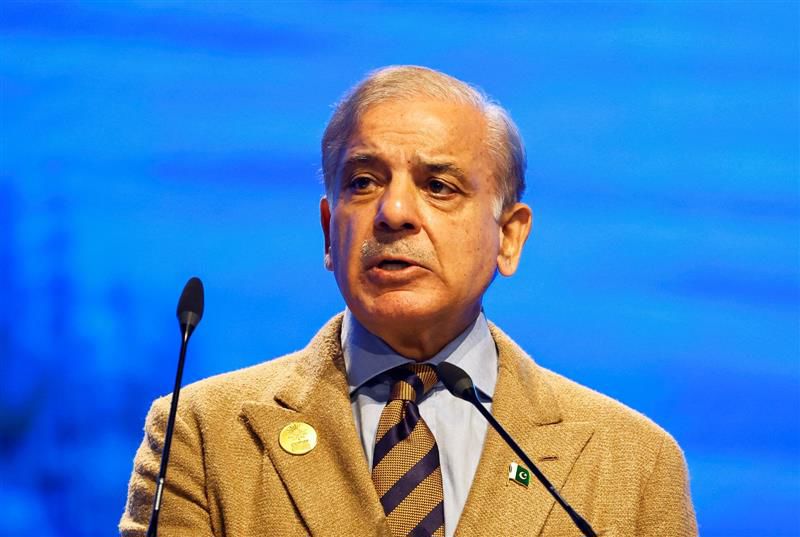
The parliamentary party of the PML-N headed by three-time former Pakistan premier Nawaz Sharif on Wednesday formally nominated his younger brother Shehbaz Sharif for the post of prime minister to head a coalition government.
The parliamentary members’ meeting of the Pakistan Muslim League-Nawaz (PML-N) was held in Islamabad with party supremo Nawaz Sharif, 74, in the chair. Shehbaz, 72, had led a coalition government for 16 months till August 2023 before the caretaker government took over following the announcement of elections.
The nomination of Shehbaz Sharif as the next prime minister by the elder brother, who himself was eyeing the plum post for a record fourth time, had surprised many within and outside the party. Outgoing National Assembly Speaker Raja Pervaiz Ashraf has called the National Assembly session on Thursday.
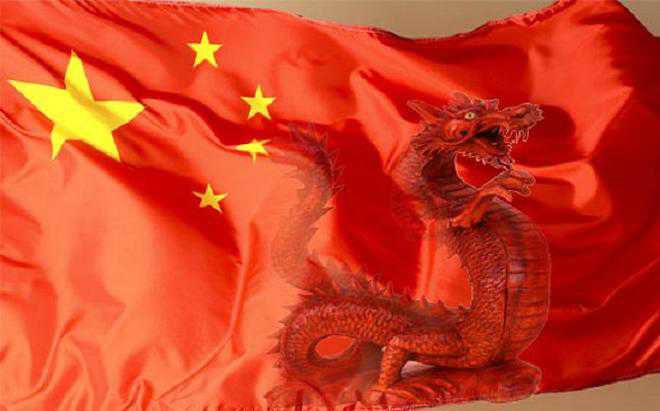
Modernisation of China’s nuclear arsenal has both accelerated and expanded in recent years. It is now believed to have one of the fastest-growing nuclear arsenals among the nine nuclear-armed states, says the latest issue of ‘Nuclear Notebook’ produced by the ‘Bulletin of the Atomic Scientists’.
China now possesses roughly 500 nuclear warheads, with more in production to arm future delivery systems. The details have been researched by the Federation of American Scientists’ Nuclear Information Project, the report said.
“China has significantly expanded its ongoing nuclear modernisation programme by fielding more types and greater numbers of nuclear weapons than ever before,” it said.
The report said since its previous edition on China in March 2023, the country has continued to develop its three new missile silo fields for solid-fuel intercontinental ballistic missiles (ICBMs), expanded the construction of new silos for its liquid-fuel DF-5 ICBMs, has been developing new variants of ICBMs and advanced strategic delivery systems, and has likely produced excess warheads for eventual upload onto these systems once they are deployed.
China has also further expanded its dual-capable DF-26 intermediate-range ballistic missile force, which appears to have completely replaced the medium-range DF-21.
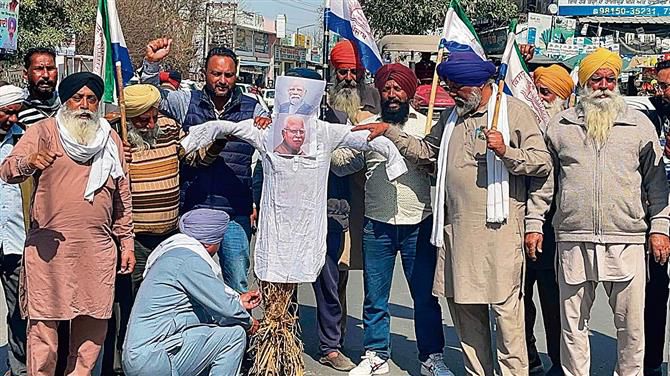
Mobilising support from farmers and bringing key farm unions of Punjab and Haryana together is the biggest hurdle for Samyukt Kisan Morcha (Non-political) and Kisan Mazdoor Morcha leaders, who are leading this protest and have failed to cross even the first line of barricades put up by the Haryana Police at Shambhu border.
At the core of the differences between the two farm factions — SKM and SKM (Non-political) — is the issue of whether to get into a direct confrontation with the Centre. While SKM leaders wished to build momentum before launching a larger stir, the SKM (Non-political) went ahead with the ‘Dilli Chalo’ protest, with both camps indirectly accusing each other of launching a stir with the motivation of taking credit.
Despite the death of a young protester, Shubhkaran Singh, and injuries to hundreds of farmers from Punjab, the only achievement of the 15-day agitation is that the Centre has agreed to procure five crops at the MSP for five years, if these crops were grown instead of paddy and wheat. Now all eyes are on the February 29 meetings of farmers.
SKM (Non- political) leaders Jagjit Singh Dallewal, Sarwan Singh Pandher, Surjeet Singh Phul, Manjeet Singh Rai, Amarjeet Singh Mohri and Guramneet Singh Mangat are of the view that the kisan leaders who had contested elections or have political inclinations should stay away from the protest.
SKM’s founding leaders Joginder Singh Ugrahan, Dr Darshanpal, Balbir Singh Rajewal, Harinder Singh Lakhowal are laying emphasis on a structured protest, with an emphasis on keeping anti-social elements at bay.
Some leaders blamed the SKM (Non-political) for initiating ‘Dilli Chalo’ protest to take credit and accused Pandher and others of breaking away to gain popularity.
BKU (Ugrahan) chief Joginder Singh Ugrahan even went on to claim that they were not consulted before the march was launched.
Mahesh Choudhary, spokesperson of SKM (Non-political), maintained, “We have taken a position that this protest is non-political and those who had decided to break away and participated in the electoral exercise should refrain from participating in the protest.”
Leaders blame each other

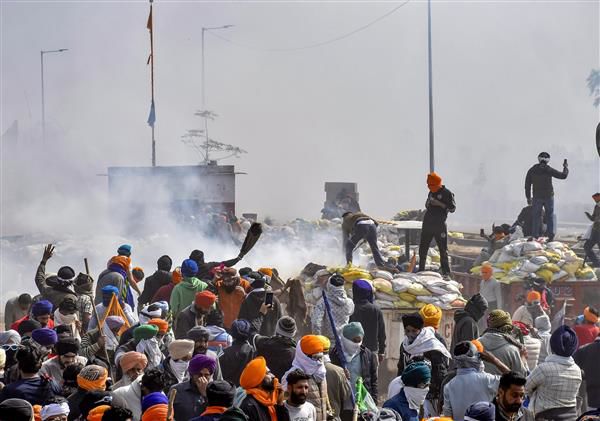
Chandigarh, February 23
Punjab Chief Minister Bhagwant Mann on Friday announced a compensation of Rs 1 crore and a government job for the sister of farmer Shubhkaran Singh who died at the Khanauri border.
Singh (21), a native of Bathinda, was killed and 12 police personnel were injured in clashes at the Khanauri border on Wednesday. The incident took place when some protesting farmers were trying to head towards barricades.
“The family of Shubhkaran Singh, who got martyred during the farmer’s movement on the Khanauri border, will be given financial assistance of Rs 1 crore by the Punjab government and a government job will be given to his younger sister. Due legal action will be taken against culprits,” Mann said in a post in Punjabi.
Farmer leaders were demanding financial compensation for the kin of Singh and a government job for a member of his family, besides registration of a case against those who were responsible for his death.
They had also demanded “martyr” status for Singh, who hailed from Ballo village in Bathinda.
The post-mortem of Singh, whose body was kept in a mortuary of Rajindra Hospital in Patiala, was delayed as the farmers pressed for acceptance of their demands.
The chief minister on Wednesday said he was saddened by the death of the young farmer and asserted that stringent action would be taken against those responsible for it.h”After the post-mortem, a case will be registered. Those officials responsible for his death will have to face stringent action,” Mann had said.
The Samyukta Kisan Morcha (non-political) and the Kisan Mazdoor Morcha are spearheading the ‘Delhi Chalo’ march to press the government to accept their demands, including a legal guarantee of MSP for crops and a farm loan waiver.

Vijay Mohan
Chandigarh, February 22
About 32 years after an IAF officer was ‘removed’ from service, he has been granted disability benefits for an injury that he had sustained during an ejection from a fighter aircraft in 1965 following judicial intervention by the Armed Forces Tribunal (AFT).
The officer, then a Wing Commander, was the captain of an AN-32 aircraft that had landed at Jamnagar, along with two other aircraft, after a foreign trip. The Custom authorities confiscated certain dutiable goods from the aircraft and the officer was removed from service in February 1992 and paid 90 per cent of the pensionary benefits as per relevant regulations.
He contended that he had been removed for no fault of his in as much as the only allegations were that someone had been able to bring undeclared household goods worth a few thousand rupees in the aircraft captained by him for which custom duty was not paid, though others who were responsible for getting prohibited items were given censure and the case was closed.
He had sustained an anterior wedge compression fracture as the result of an ejection from a Gnat fighter from a height of 25,000 feet in December 1965 and was subsequently placed in low medical category for a prolonged period.
The release medical board assessed his disability at 20 percent and held it attributable to military service. Subsequently, it was reassessed and reduced to 11-14 percent. He said that was disheartened by the reduction and denial of benefits and at that point did not question the decision then.
He moved the AFT in 2011, questioning the reduction in pension and denial of leave encashment and sought disability pension, which resulted in partial relief. A reassessment medical board was held in 2013, which held his disability to be 20 per cent for life. However, he was denied disability benefits on the contention that persons removed from service are not entitled to such benefits.
The Tribunal’s Bench comprising Justice Anu Malhotra and Rear Admiral Dhiren Vig observed that there was no provision of the Pension Regulation for the Air Force that the respondents have put through to contend that the disability pension cannot be granted to the applicant whose disability was admittedly attributable to service and the percentage of disability has been assessed as 20 percent.
“That the applicant, despite having been removed from service in 1992, has been granted pensionary benefits to the extent of 90 percent is thus clearly entitled to the grant of disability element of pension which was clearly attributable to service,” the Bench ruled.

























































